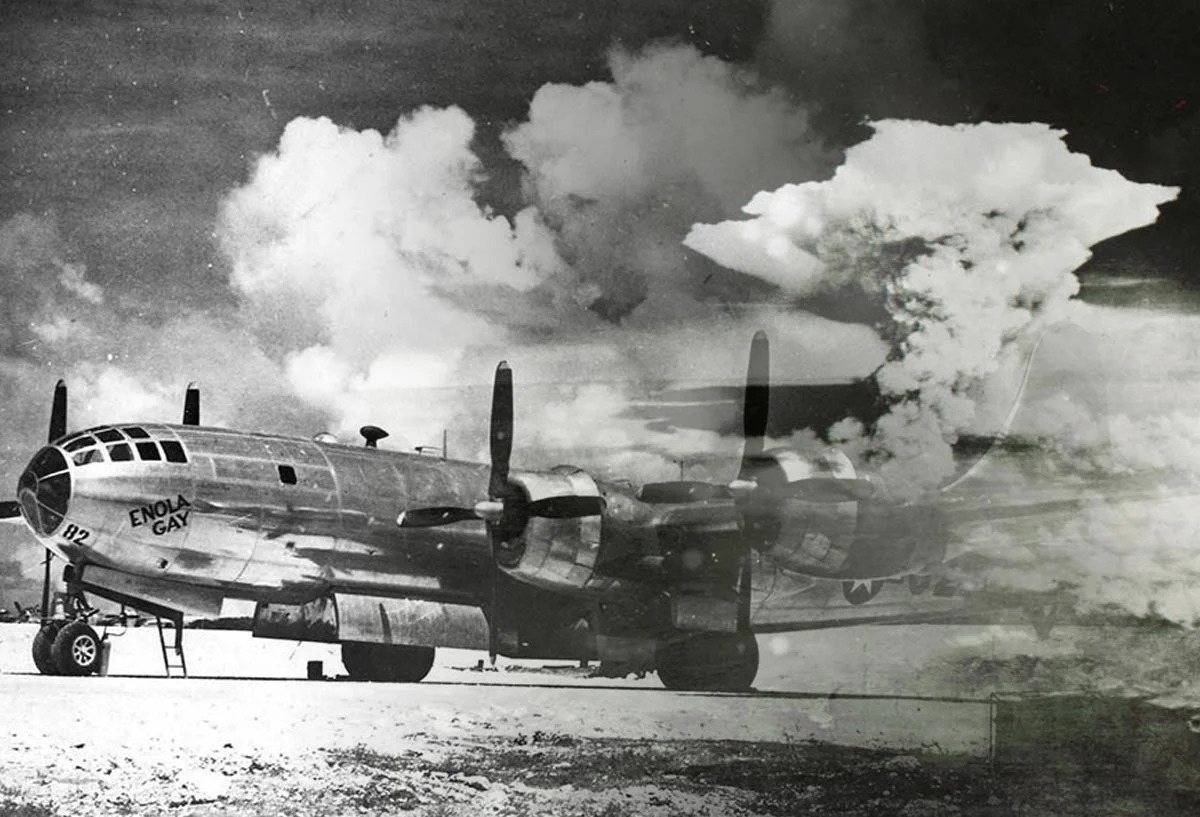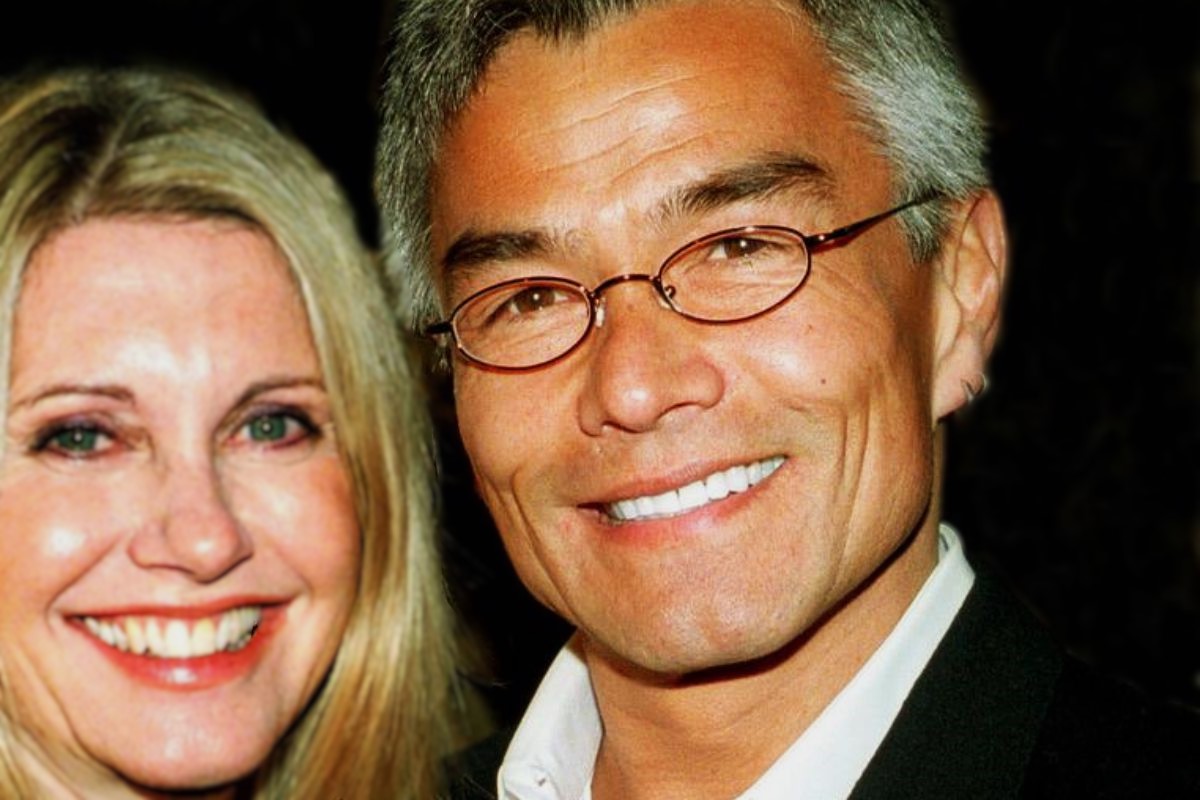
Did you know the U.S. military once considered creating a "Gay Bomb"? This bizarre idea involved developing a chemical weapon that would make enemy soldiers irresistibly attracted to each other. The concept emerged in 1994 when the Air Force's Wright Laboratory proposed several non-lethal weapons. The "Gay Bomb" was intended to disrupt enemy morale and cohesion without causing physical harm. While the idea never left the drawing board, it highlights the lengths to which military strategists might go to gain an advantage. Curious about more strange military projects? Keep reading to uncover 35 fascinating facts about the "Gay Bomb" and other unusual defense initiatives.
Key Takeaways:
- The Gay Bomb was a proposed non-lethal weapon by the US Air Force to make enemy soldiers sexually attracted to each other, but it was never developed or tested.
- The proposal sparked public interest and controversy, raising ethical concerns and becoming a symbol of the ethical challenges posed by military research.
What is a Gay Bomb?
The term "Gay Bomb" refers to a theoretical non-lethal weapon proposed by the United States Air Force in 1994. The idea was to create a chemical weapon that would make enemy soldiers sexually attracted to each other, thereby disrupting their ability to fight.
- The concept was part of a larger project called "Harassing, Annoying, and 'Bad Guy' Identifying Chemicals."
- The proposal was submitted by the Wright Laboratory in Dayton, Ohio.
- The idea was to use pheromones to cause "distasteful but completely non-lethal" effects.
- The Gay Bomb was never developed or tested.
- The proposal was declassified in 2007, sparking public interest and controversy.
How Would a Gay Bomb Work?
The mechanics behind the Gay Bomb were based on the use of chemicals to alter human behavior. The idea was to disperse a cloud of pheromones over enemy troops.
- Pheromones are chemicals that can affect the behavior of other members of the same species.
- The Gay Bomb aimed to use pheromones to induce homosexual behavior.
- The proposal suggested that affected soldiers would become irresistibly attracted to each other.
- This attraction would supposedly lead to a breakdown in unit cohesion.
- The idea was to incapacitate the enemy without causing physical harm.
Why Was the Gay Bomb Proposed?
The proposal for the Gay Bomb was part of a broader effort to develop non-lethal weapons. The goal was to find ways to incapacitate enemies without causing death or permanent injury.
- Non-lethal weapons are designed to minimize fatalities and permanent injuries.
- The Gay Bomb was seen as a way to achieve military objectives without bloodshed.
- The proposal was part of a larger trend towards "humane" warfare.
- The idea was to find alternatives to traditional lethal weapons.
- The Gay Bomb was one of several unconventional ideas considered by the military.
Public Reaction to the Gay Bomb
When the proposal for the Gay Bomb was declassified, it generated a lot of public interest and controversy. Many people found the idea bizarre and offensive.
- The declassification occurred in 2007.
- The proposal was widely reported in the media.
- Many people criticized the idea as absurd and unethical.
- Some saw it as an example of military overreach.
- The Gay Bomb became a subject of satire and ridicule.
Ethical Concerns Surrounding the Gay Bomb
The idea of a Gay Bomb raises a number of ethical issues. Many people believe that using chemicals to alter human behavior is inherently wrong.
- The use of pheromones to manipulate behavior is seen as a form of psychological warfare.
- Many people believe that such tactics are unethical.
- The idea of inducing homosexual behavior is seen as offensive and discriminatory.
- The proposal raises questions about the limits of acceptable military tactics.
- The Gay Bomb is often cited as an example of the ethical dilemmas posed by non-lethal weapons.
The Legacy of the Gay Bomb
Although the Gay Bomb was never developed or tested, it remains a fascinating and controversial part of military history. The proposal has had a lasting impact on public perceptions of military research and non-lethal weapons.
- The Gay Bomb is often cited in discussions of unconventional military tactics.
- The proposal has been the subject of numerous articles, books, and documentaries.
- The idea has been referenced in popular culture, including TV shows and movies.
- The Gay Bomb has become a symbol of the ethical challenges posed by military research.
- The proposal continues to spark debate and discussion.
Similar Proposals and Concepts
The Gay Bomb was not the only unconventional idea considered by the military. There have been other proposals for non-lethal weapons that aim to incapacitate enemies in unusual ways.
- The "Who Me?" bomb was another proposal that aimed to release a foul-smelling substance.
- The "Stink Bomb" was designed to make enemy troops smell bad and become demoralized.
- The "Halitosis Bomb" aimed to cause bad breath among enemy soldiers.
- The "Flatulence Bomb" was proposed to cause excessive gas and discomfort.
- These proposals, like the Gay Bomb, were never developed or tested.
The Final Word on the Gay Bomb
The Gay Bomb remains one of the most bizarre and controversial ideas in military history. This non-lethal chemical weapon, intended to disrupt enemy forces by inducing homosexual behavior, never made it past the proposal stage. While it sounds like something out of a sci-fi novel, it highlights the lengths to which military strategists will go to gain an advantage.
Despite its absurdity, the Gay Bomb serves as a reminder of the ethical boundaries that should guide scientific and military innovation. It also underscores the importance of questioning and scrutinizing the morality of such proposals.
Understanding these facts about the Gay Bomb not only provides a glimpse into a peculiar chapter of military history but also encourages us to think critically about the ethical implications of future technologies. Let's hope future innovations focus on peace and humanity rather than bizarre and potentially harmful ideas.
Frequently Asked Questions
Was this page helpful?
Our commitment to delivering trustworthy and engaging content is at the heart of what we do. Each fact on our site is contributed by real users like you, bringing a wealth of diverse insights and information. To ensure the highest standards of accuracy and reliability, our dedicated editors meticulously review each submission. This process guarantees that the facts we share are not only fascinating but also credible. Trust in our commitment to quality and authenticity as you explore and learn with us.


